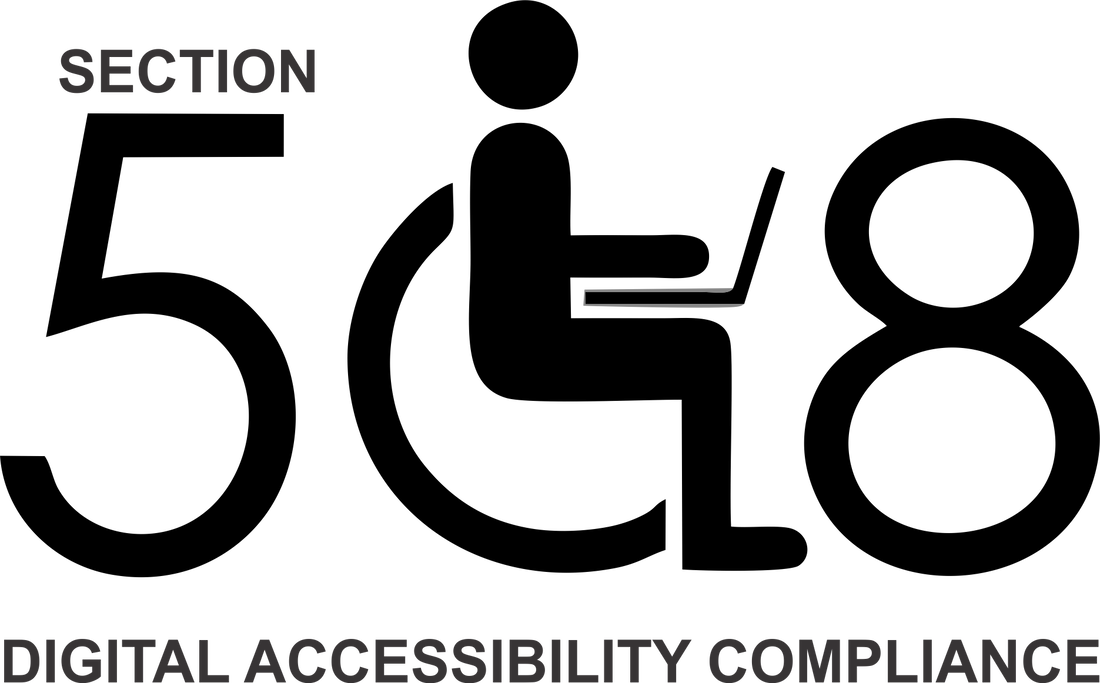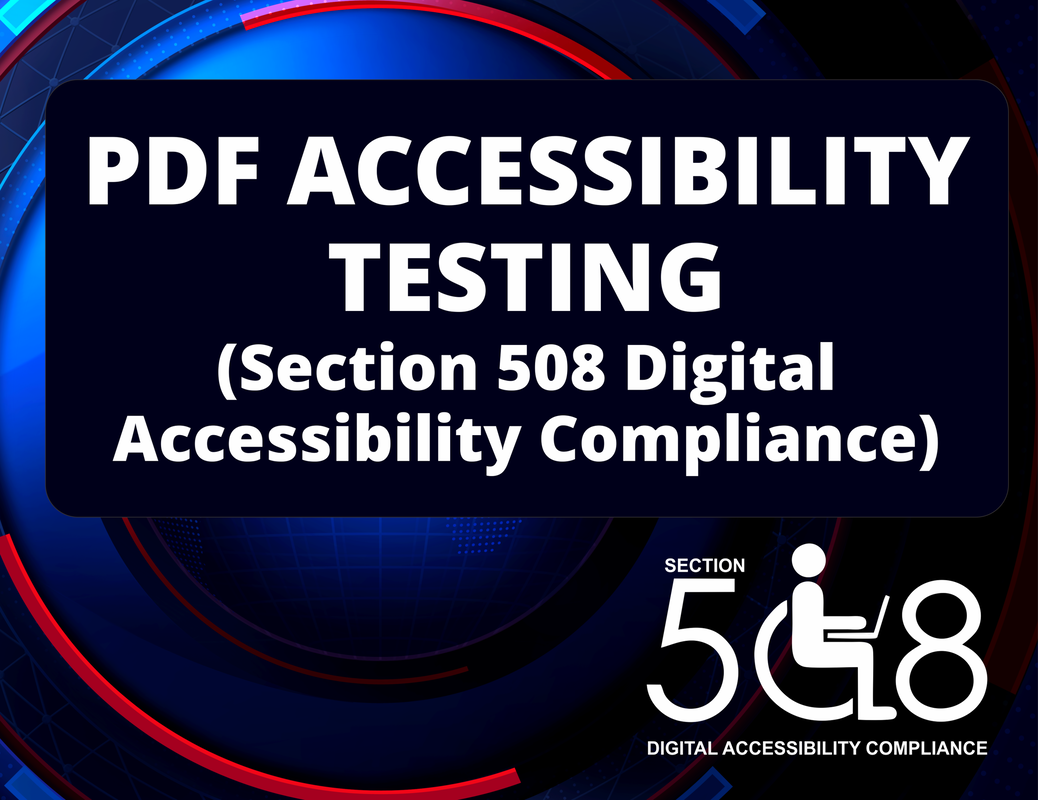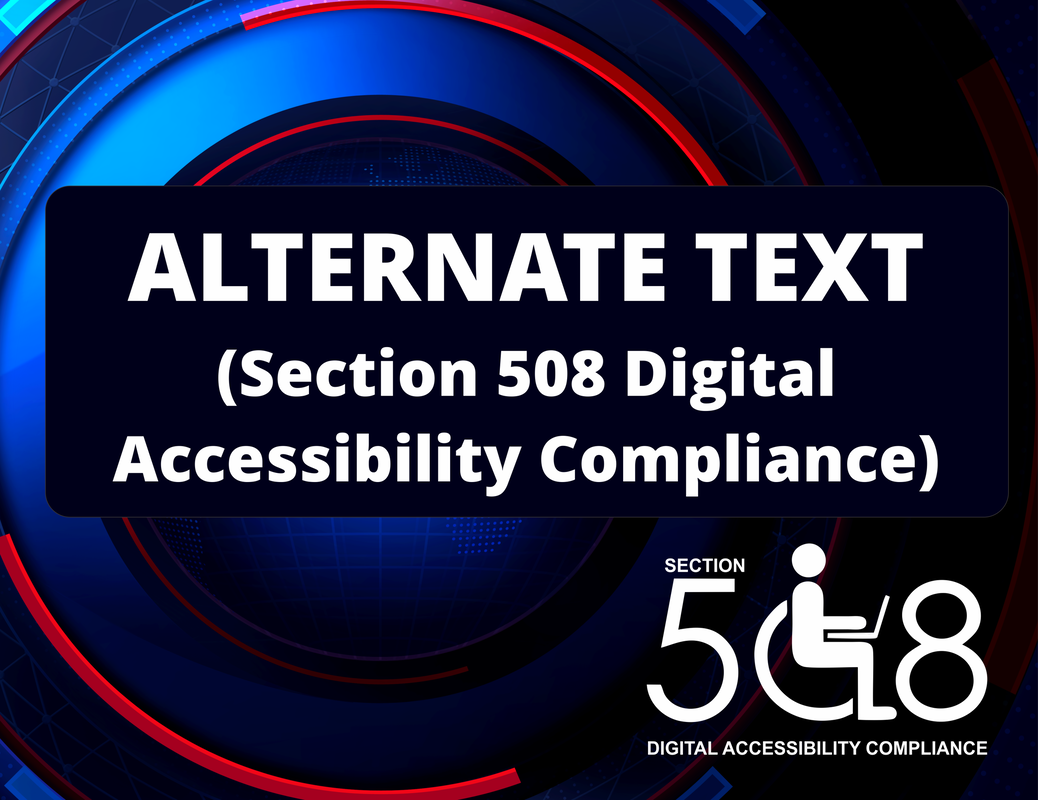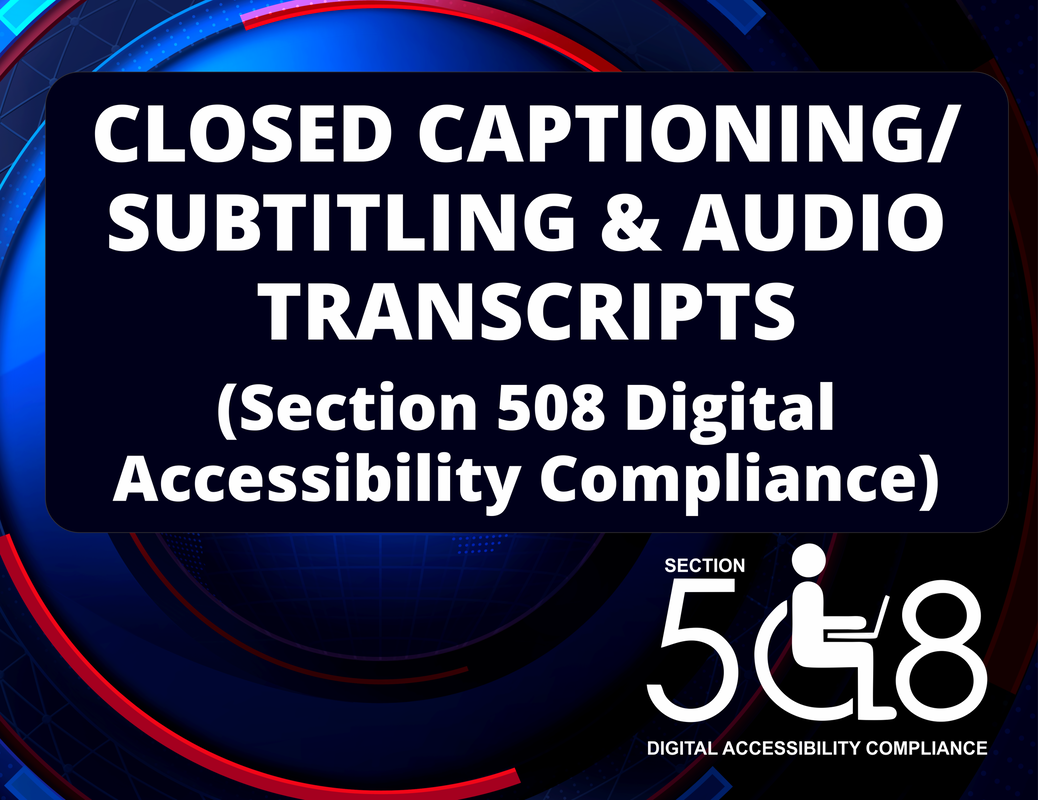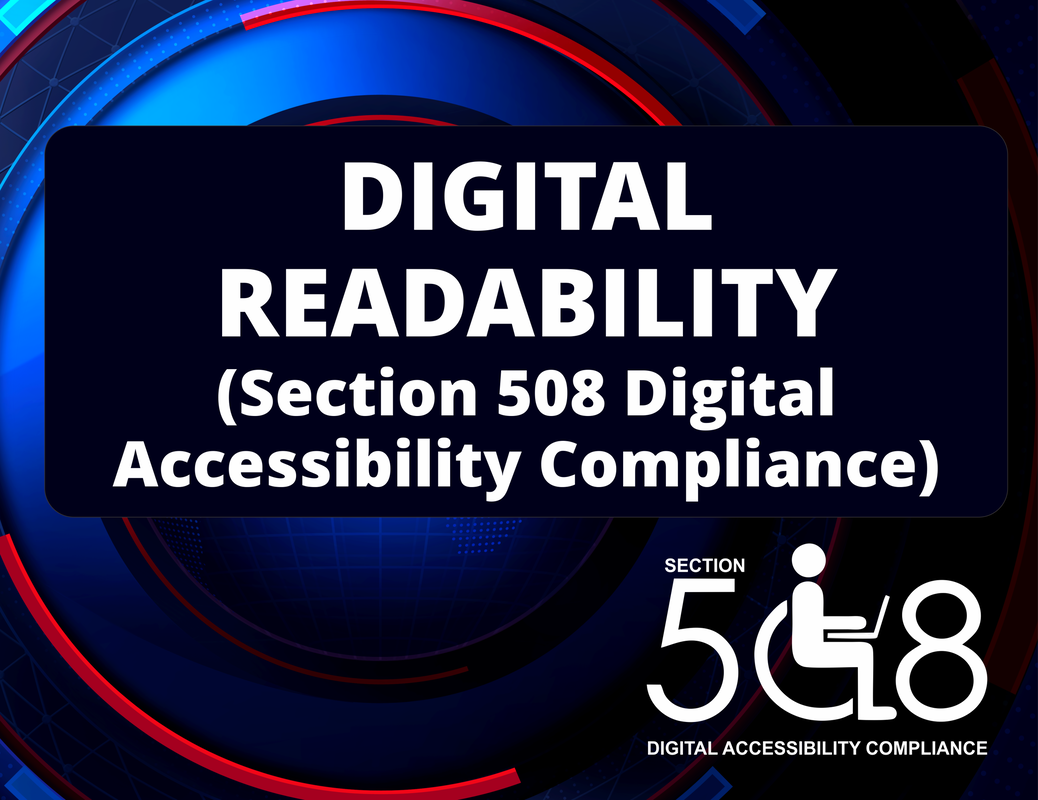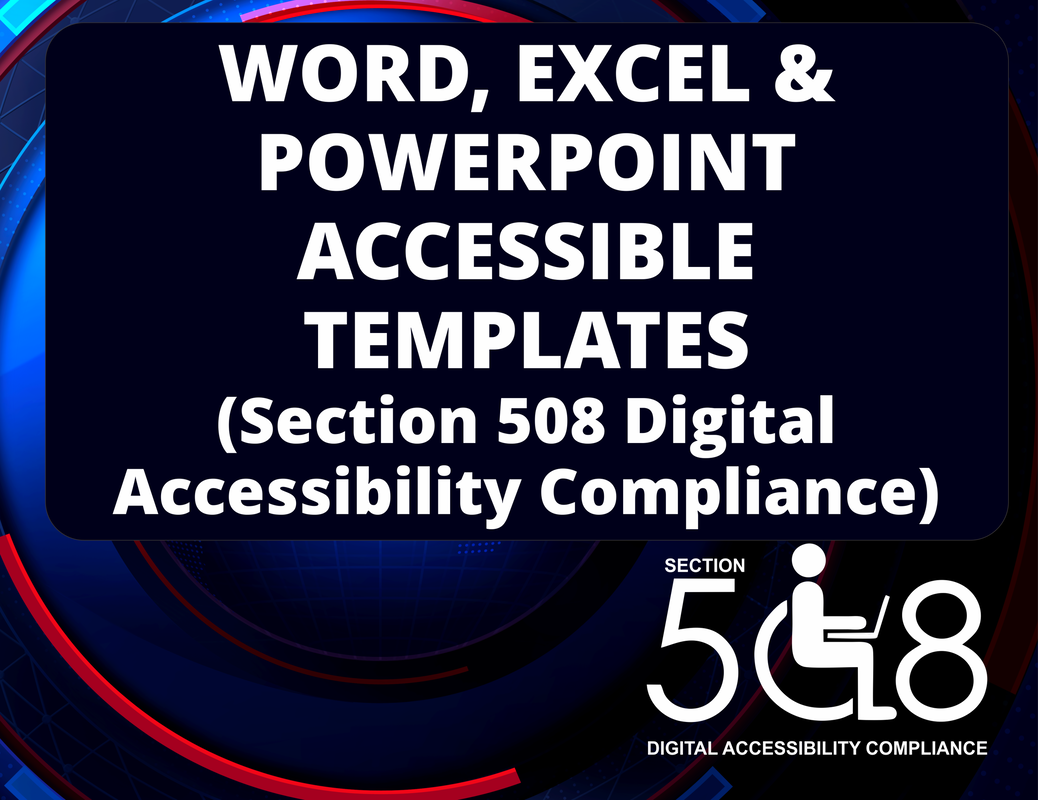Section 508 Digital Accessibility ComplianceWhy does Digital Accessibility Matter?
Just like the laws that govern physical accessibility, like accessible restrooms, parking spaces and braille signage, we have laws to make websites accessible to people with disabilities. Without digital accessibility, millions of Americans experience barriers when using the internet to search for services, file forms or access content on government and business websites. As more and more of society use speech activated devices, or use our cell phones hands free, making websites accessible benefits all of us. Just as accessible ramps make it easier for parents with strollers to access to a local office, websites that are accessible allow easier access to every citizen to connect to governments and businesses, whether using their cell phone or using Assistive Technology. So much of our everyday lives involves using the internet on our computers, phones, watches, and more. It’s nearly impossible to go a day without Googling something, catching up on our favorite topics or interacting with friends on social platforms – all online. The internet has given us the world. We’re a global community. And, as a global community, it’d be ideal if we could all access the same, necessary information. That’s where digital accessibility comes in to play. The World Wide Web Consortium (W3C) put together the Web Accessibility Initiative (WAI), then broke into Working Groups (WG) that help create Web Content Accessibility Guidelines (WCAG) so that everyone can use the internet. And while WAI, through W3C, compiled WCAG, they made sure to get input from people around the world, tested their solutions on real websites and made sure it worked the way it should. Who it benefits It’s true that many view WCAG recommendations only as helping people with disabilities. And, unfortunately, many disregard these recommendations altogether because THEY DON'T FEEL their employees and customers fall into “that category.” This feeling is most times not based on actual FACT, which means they’re wrong. And though their intent probably isn’t malicious, they’re EXCLUDING a large audience. WCAG benefits more than people with disabilities. It BENEFITS ALL OF US, including all of our employees and all of our customers. Sure, WCAG was originally developed to provide equal access to people with varying disabilities such as auditory, cognitive, neurological, physical, speech and visual impairments; which then evolved to include the aging population, those with low or limited literacy and those not fluent in the language. But, WCAG benefits people who don’t fall into any of these categories, too. It benefits every generation, lifestyle and user worldwide. EVERYONE NEEDS TO BE INCLUDED and, since WCAG works towards that goal, you should love it, too. PEOPLE WITHOUT DISABILITIES BENEFIT GREATLY from WCAG, too. WCAG benefits people using mobile devices on low bandwidth. It benefits people with “temporary disabilities” like a broken arm or misplaced glasses. It even benefits people enjoying a day outdoors – at the beach, hiking, watching a sporting event – in bright sunlight. WCAG recommendations truly MAKE A POSITIVE DIFFERENCE FOR ALL USERS. How it benefits How do you really know WCAG helps? Here are a few facts and real world examples of how WCAG helps everyone. WCAG is written to be as user-friendly as possible. All of the guidelines fall into “four principles of accessibility.” Web content must be perceivable (and not just by sight) to users, operable so that all users may interact, understandable so everyone can comprehend the necessary information and operations, and robust enough that it’s usable by all technologies; including assistive technologies. The W3C provides the necessary guidelines and techniques to meet all four of these principles. They’ve even gone the extra mile to provide descriptions, examples, support notes, resources, and tests for each technique to assist in their successful implementation. One of the WCAG criteria, which falls in the “perceivable” category, requires audio description accompanied by captions for on-screen events. This not only benefits those with visual, hearing and cognitive impairments but also those in a noisy place or someone who looks away from their screen for a moment. Another of WCAG’s criteria, which falls in the “understandable” category, requires clear descriptions or complete wording of abbreviations. This measure is helpful for everyone! Can you imagine if in this instructional I had only used acronyms instead of telling you what they meant? I would have lost you in the first paragraph, and you would not have gained this valuable knowledge. My last example of WCAG criteria, which also falls in the “perceivable” category, is color contrast. Higher contrast between the foreground and background provides increased readability. This criteria is not only great for those with disabilities but also the beach-goer who’s taking a break from the water and perusing your content. |
PDF Accessibility TestingAlternate Text |
Word, Excel & PowerPoint Accessible Templates |
Closed Captioning/ Subtitled & Audio Transcripts (in English) |
Digital Readability Testing |
Women-owned and veteran-owned sole proprietor
